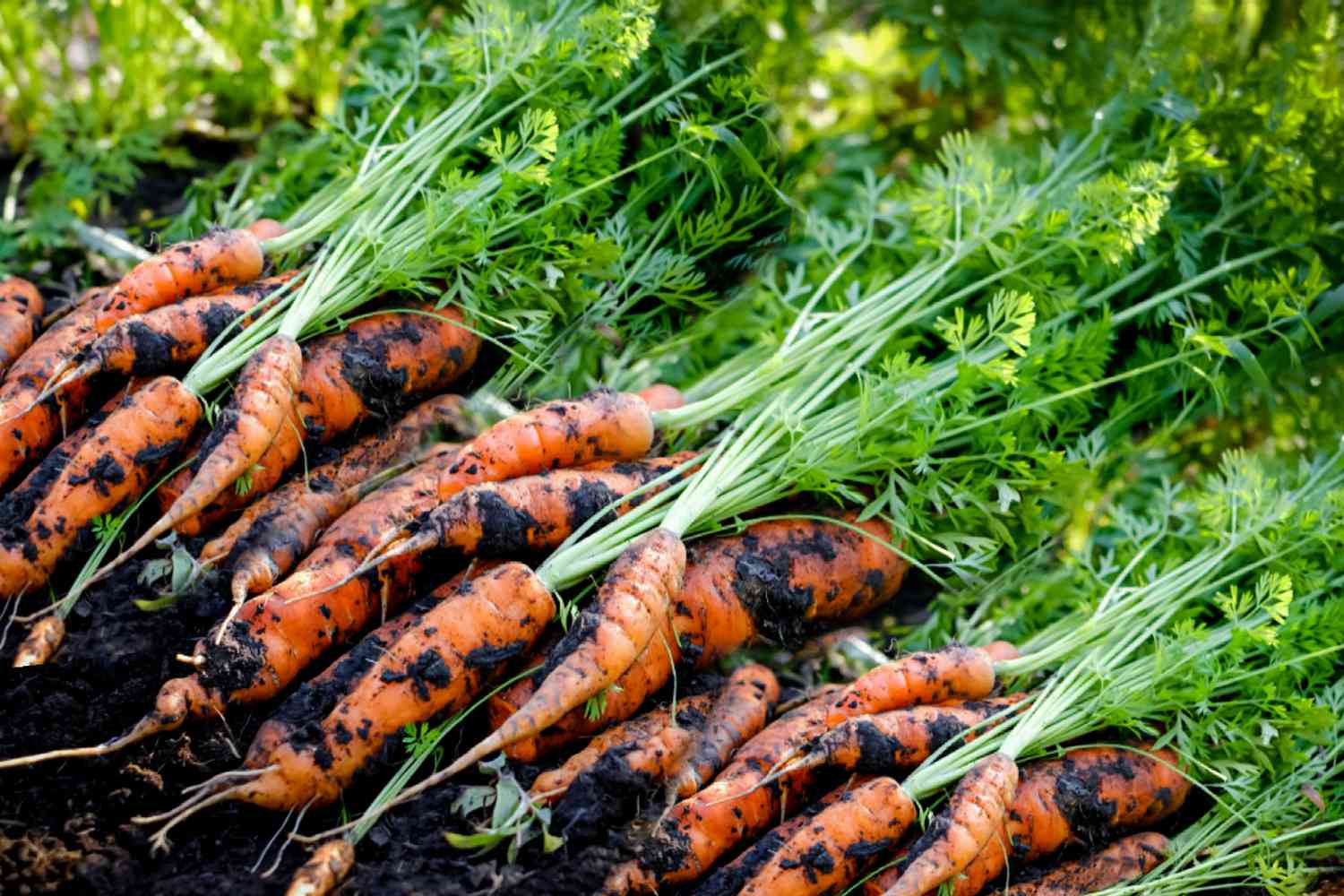These methods are simple, effective, and perfect for any garden size. Ready to grow smarter? Dive in below for practical steps and examples.
Hey there fellow gardeners! I’ve been growing veggies for over 10 years now, and one question I get asked a lot is what to plant after pulling up those sweet crunchy carrots. Let me tell you – it’s not just about throwing any old seeds in the ground! There’s actually a science behind rotating your crops for the best harvest.
Why You Need to Rotate Crops After Carrots
Before we dive into what to plant next, let’s quickly understand why crop rotation matters:
- Carrots are root vegetables that use up specific nutrients from the soil
- Growing the same crop repeatedly can lead to pest problems and diseases
- Different plant families have different nutrient needs
- Smart rotation helps maintain healthy, productive soil
Best Plants to Grow After Carrots
Here’s my tried-and-true list of what works great after carrots
1. Legumes (Your Soil’s Best Friend)
- Beans
- Peas
- Fava beans
These guys are amazing because they actually put nitrogen back into the soil! After carrots have used up nutrients, legumes help rejuvenate your garden bed.
2. Leafy Greens
- Lettuce
- Spinach
- Kale
- Swiss chard
These plants are light feeders and won’t stress your soil further
3. Brassicas
- Broccoli
- Cabbage
- Cauliflower
- Brussels sprouts
Pro tip: I like to add some compost before planting brassicas since they’re heavy feeders!
3-Year Rotation Plan Example
Here’s a simple rotation plan I use in my garden:
| Year 1 | Year 2 | Year 3 |
|---|---|---|
| Carrots | Legumes | Brassicas |
| + Companion herbs | + Marigolds | + Herbs |
Tips for Success
-
Wait Before Replanting
- Give the soil a brief rest period (2-3 weeks) after harvesting carrots
- Use this time to add compost and amendments
-
Soil Preparation
- Remove all carrot debris
- Add about 3 inches of compost
- Test soil pH (aim for 6.0-7.0)
-
Companion Planting
I’ve found these companions work great with post-carrot plantings:
- Marigolds (keeps pests away)
- Basil (improves growth of nearby plants)
- Dill (attracts beneficial insects)
Common Mistakes to Avoid
Listen, we’ve all made these mistakes (I sure have!):
❌ Planting more root crops immediately after carrots
❌ Forgetting to amend the soil
❌ Ignoring crop family rotations
❌ Skipping companion plants
Advanced Tips for Maximum Yields
Want to take your garden to the next level? Here are some pro tips I’ve learned:
- Succession Planting
- Start new crops every 2-3 weeks
- Ensures continuous harvest
- Maximizes garden space
- Soil Building
- Add cover crops during off-seasons
- Use mulch to retain moisture
- Consider adding beneficial microorganisms
- Season Extension
- Use row covers
- Try cold frames
- Plant cold-hardy varieties
When Things Go Wrong
Sometimes things don’t go as planned (trust me, I know!). Here’s what to watch for:
Common Issues:
- Yellowing leaves on new plants
- Stunted growth
- Pest problems
Quick Fixes:
- Test soil nutrients
- Add organic matter
- Consider beneficial insects
- Adjust watering schedule
Final Thoughts
Remember, gardening is part science, part art, and a whole lot of learning from experience! The key is understanding your soil and giving it what it needs after those carrots come out.
Want more garden tips? Check out our other articles on crop rotation and companion planting. And hey, if you’ve got questions, drop ’em in the comments below – I love helping fellow gardeners succeed!
Happy growing!
P.S. Don’t forget to grab your free garden planning worksheet from our resource library to help track your crop rotations!
Would you like me to explain or break down any part of this article further?

Practical Companion Planting Tips
Companion planting helps your plants thrive by pairing them with “friends” that boost their growth and keep pests away. It works great alongside crop rotation – think of it as creating a plant community where everyone helps each other out. Lets look at how flowers and herbs can be your gardens best allies.
Common Mistakes to Avoid
1. Bad Plant Combinations
Some plants just dont mix well. Take fennel – its not friendly with most veggies. And dont plant the same type of crop in the same spot year after year. Your soil will get tired, and pests will make themselves at home.
2. Missing Out on Plant Partnerships
When you skip companion planting, youre passing up free pest control and better harvests. Think of it like setting up blind dates for your plants – some matches work better than others.
3. Staying Put
Moving your crops around matters. If you keep planting cabbage family vegetables (like broccoli) in the same spot, they might get sick with clubroot. Give each spot a three-year break between plant families.
Watch This BEFORE You Plant Carrots
0
